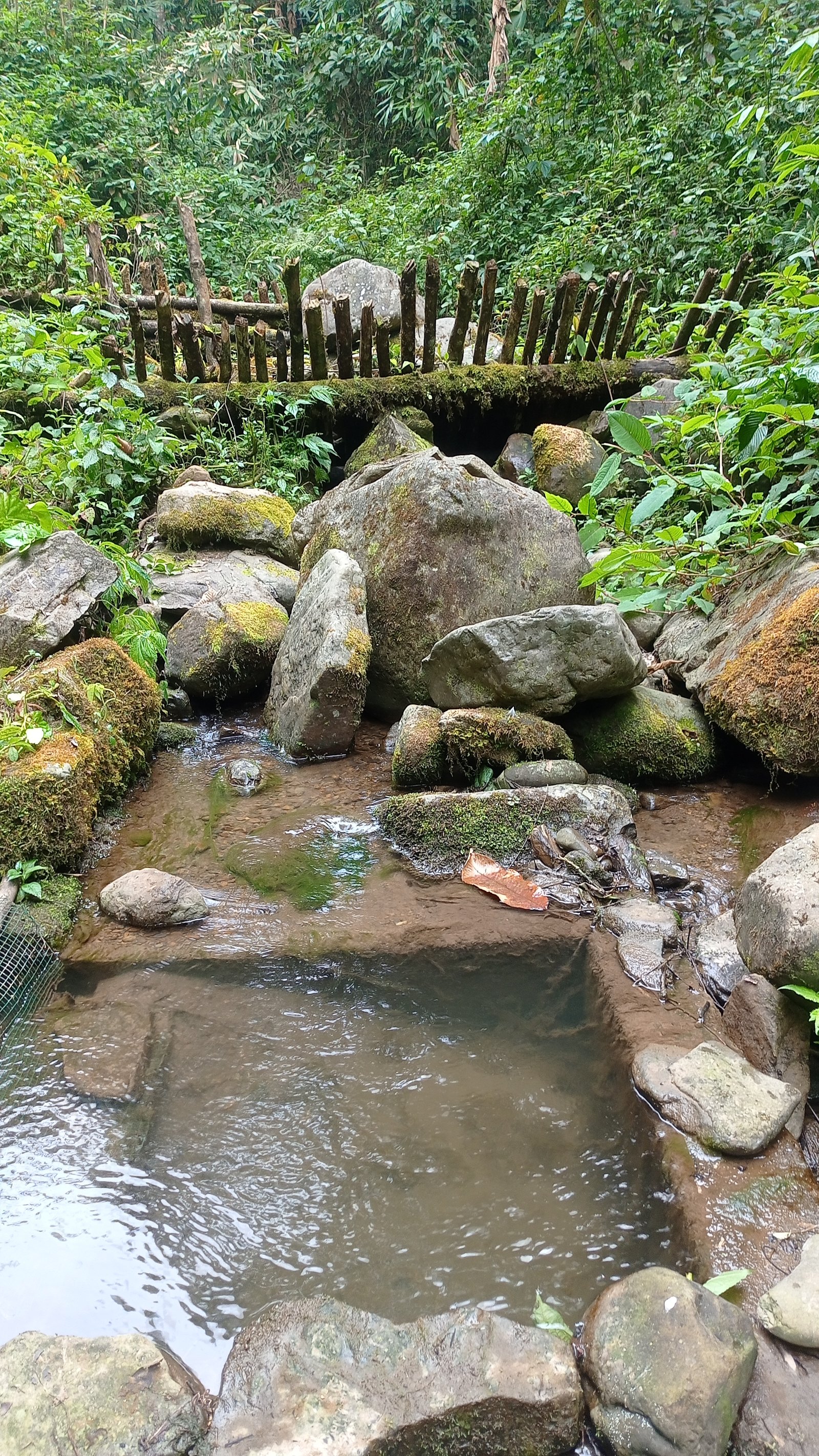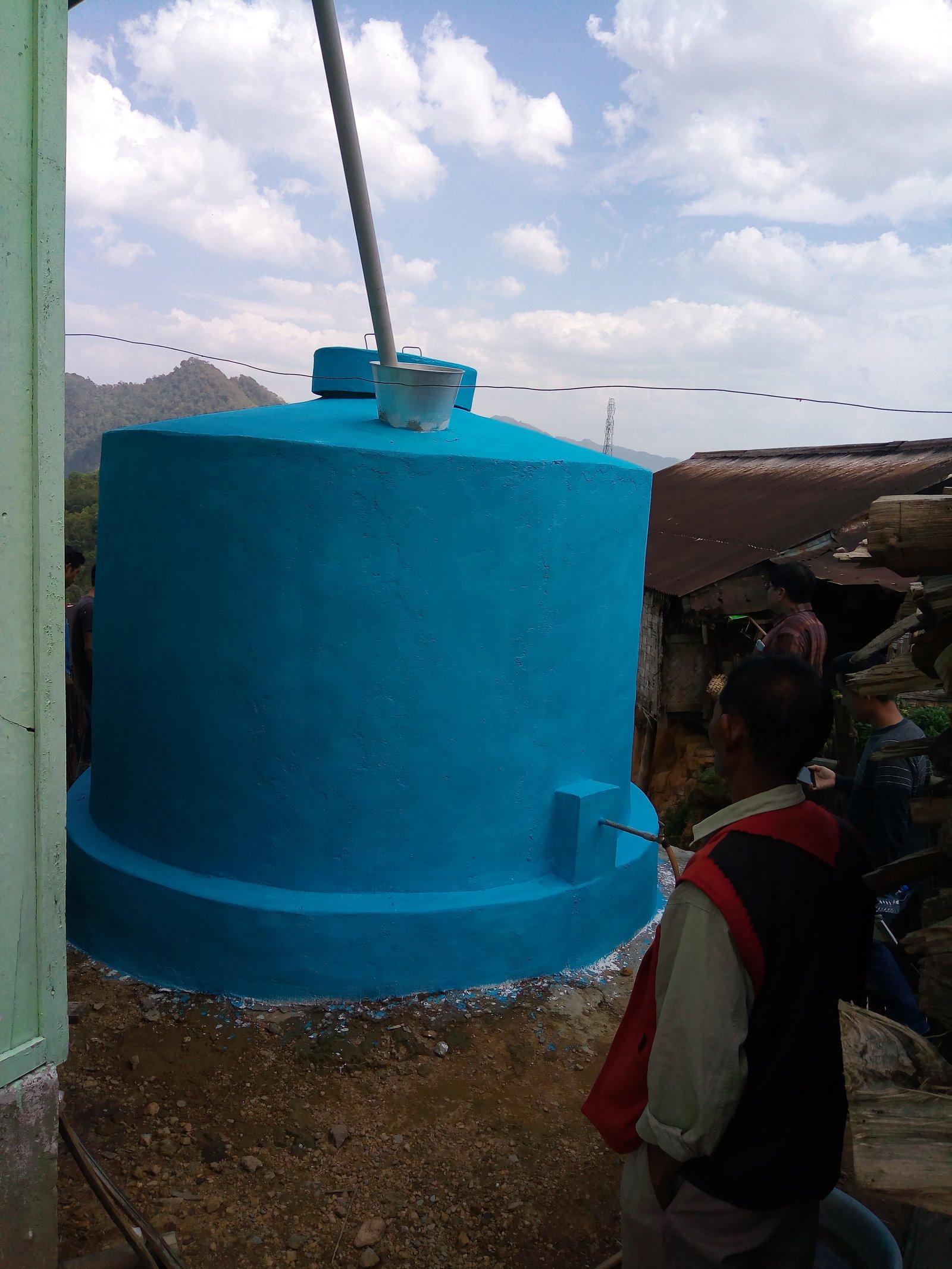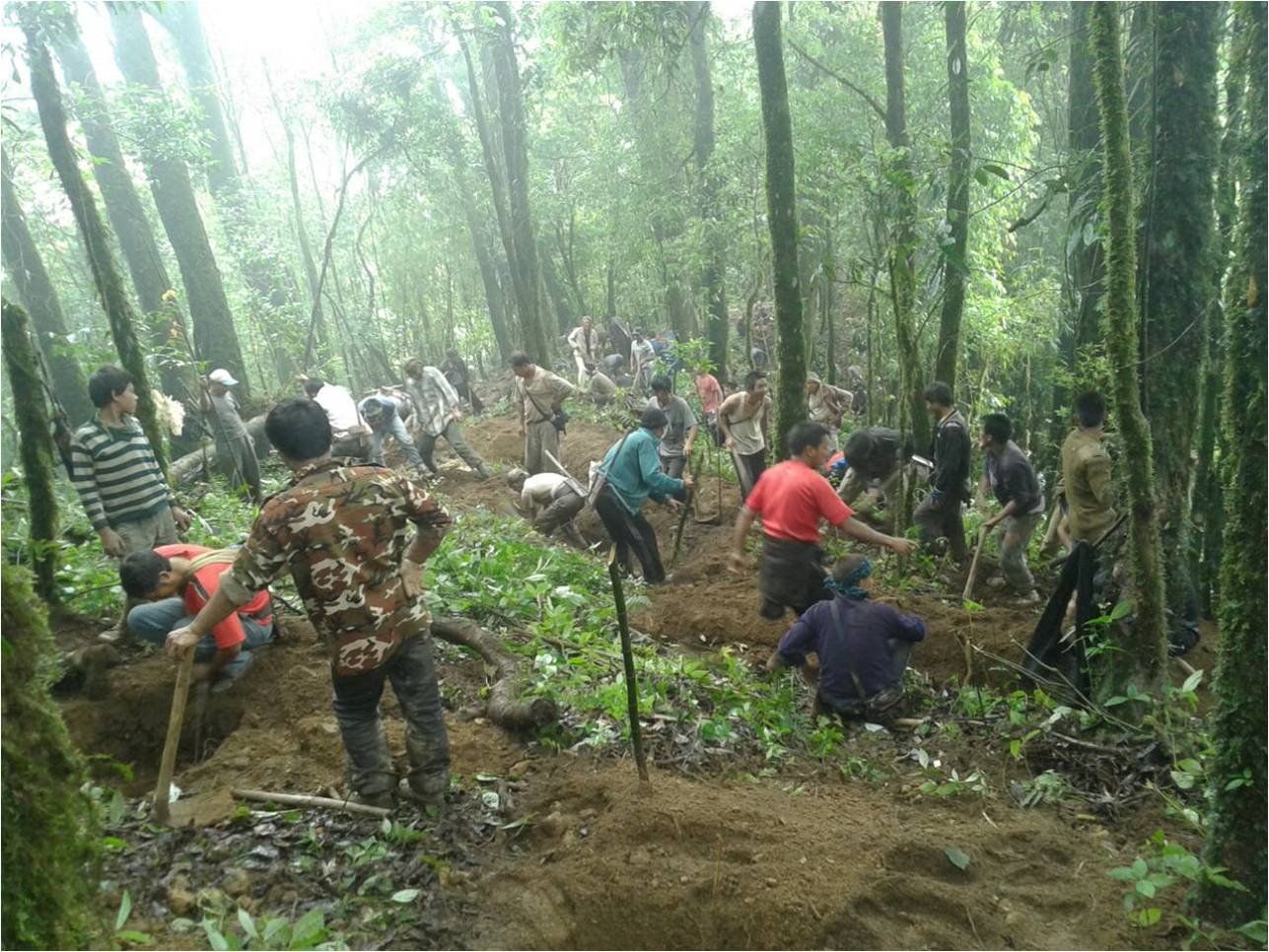© 2024. All rights reserved by ECS | Developed by Free Resource Hub
The Department of Rural Development, Government of Nagaland had Sponsored Water Source Catchment Area Treatment in collaboration with ECS as the implementing Agency and Advanced Centre for Water Resource Development and Management (ACWADAM) Pune and Peoples Science Institute (PSI) Dehradun as Technical supporting Agencies.
The three partners on this project – ECS, PSI, and ACWADAM – had previously worked on various components of spring-water management in this region(Tata Water Mission Pilot Project in Tuensang), sometimes in partnership, bringing complementary strengths to the project. The success of an earlier collaboration in Mokokchung and Tuensang district, in terms of applying hydrogeology to spring-water management, institutionalizing the process of recharge and conservation alongside improved water and sanitation security has been the stimulus for the Government to approach ECS to develop a collaboration towards the current project.
A study was carried out in the 4 pilot locations in each of the 4 districts. The Reconnaissance survey was carried out by PSI, Dehradun in November of 2016, in the pilot locations to gather baseline data on the basis of which a summary report was produced. ACWADAM on the basis of this report undertook a comprehensive hydro-geological mapping exercise in four districts viz. Peren, Mokokchung, Longleng, and Kohima in January 2017.
The key objectives of the programme were:
• To provide spring-based drinking water security to households in the region
• To conduct surveys of springsheds and identify the recharge zones and any other specificities to each of the spring systems.
• To build the capacity of the community on spring hydrogeology, facilitate springs protection and management in the region.
PROJECT ACTIVITIES
A. Trench and Pit Digging
Trench and pit digging in the identified Recharge Area was carried out in the month of May 2017. This was done in Hukpang, Mopungchuket, and Dungki village wherein 400 percolation pits and 300 Trenches each were dug by the community. In Viswema 300 trenches were dug by the youth in 2018.
Besides these activities, the source discharge measurement was done periodically by the community mobilizer of the respective villages.
B. Training
Awareness and community mobilization training were conducted with demonstrations on-site during the survey period. Govt officials from Nagaland also attended a two-week course on Catchment Treatment conducted by PSI in Pune.
C. Expansion
RD of Nagaland got into a dialogue with Tata Trusts and the project model was further adapted to another 100 villages across Nagaland. A committee to look into this project was formed which included the BDOs and other officials from RD and LRD.



